Teen Takeover: Why is YA overtaking Adult fiction?
Right now, YA is the blonde cheerleader of the publishing world. We all hate her a little bit for being so popular, even though we don’t want to admit we love her just as much as everyone else.
The evidence is clear: The Young Adult shelves in our local bookstore growing from one stand, to two, to an entire aisle. The movie theaters are full of lovely 20-something actors pretending to be in the first acne-flush of puberty.
There are some incredible, standout stories in the category, but wait? Who decided that teens, who frequently communicate in language like: OMW, gr8, tfnt, u, and <3 would drive the literature market? We don’t think they’re mature enough to choose to drink, join the military, get married, get a tattoo, or pay their own bills, but we ABSOLUTELY think they have the right idea about what to read. How did that happen?
First, let’s look at the numbers. YA wasn’t always a thing.
In 1997, The Atlantic reported that only 3,000 YA books were published. By 2009, that had added an important zero to jump to 30,000. By 2014, that trend had only gained strength and started to eat into every other major category. In 2014, Publisher’s Weekly reported that Adult fiction had lost 8% of its market share in the last year while Juvenile fiction had gained 12%. Adult is still selling more units overall, but YA is closing that gap fast, as is evidenced by what is being turned out by not-yet-published authors. The popular Twitter pitch contest #PitchWars was 47% YA entries in 2015, compared to only 23% adult entries.
What did I just say? Fiction for a single demographic of ages 13-17 might soon sell more than for all people aged 18 to 100? How on earth is that even numerically possible?
Turns out, what we thought looked like this:
Looks a whole lot more like this:
That’s right. 55% of YA books are bought by people older than 18, and the vast majority report they aren’t exactly buying for Junior.
Which brings me to my main question: what draws us about YA?
Are the kiddos just doing a lot more interesting things than those of us who have to fit laundry, diapers, or a 9 to 5 into our daily to-do list? Do we like the idea of stepping out of our responsibilities and into a simpler life, when we just had to worry about doing well on our history final and if Jimmy thought our training bra was attractively padded enough?
I would argue no, since the fastest growing segment of YA is sci-fi and fantasy. Hard-hitting, fast paced stories like Hunger Games, Divergent, and the brand new Illuminae, where responsibility for saving hundreds of lives or the entire world rests on some very young shoulders. Most argue that the YA trend started with some big names that attracted more attention to the genre, especially now that they’re all getting movie deals.
But now that YA is well-established, we’re stuck trying to decide between these two things:
Do we love YA on its own merit, or do we love YA because that’s where great authors are writing if they want to get publishing deals?
YA differs from adult in some major thematic ways: it tends toward fast-paced, immediate narratives, often told in first person present tense. It takes place in a time in life where EVERYTHING is new. The characters are just discovering romance, drugs, their own identities. That kind of novelty is fun to experience all over again through books, and everything is brighter the first time vs. the thirteenth.
However, I’ve also noticed that some of the incredible writing in YA isn’t YA at all. The lyrically written, epic-in-scope Daughter of Smoke and Bone Trilogy by Laini Taylor is about an angel who fell in love with a devil, and how the fate of the entire world ended up hanging in the balance. Of course, the MC is 17 and going to a special art school that she never really has to attend. There’s not a parent in sight, she has her own chic apartment in Prague where she can have boys stay the night and throw other boys through the window with impunity.
Maggie Stiefvater’s superlative Raven Cycle has similar issues. The plot is so gripping I’d read it until I went blind, and the writing is so good I wish my Kindle had the ability to double-highlight. But it’s about a bunch of teenagers who live together in this gorgeous, hipster old Warehouse. One character has parents, it’s true, but they’re a bunch of psychics who don’t exactly give her a curfew. High school is mentioned, so I suppose there’s that. But they’re off looking for ley lines and a lost Welsh king’s grave, a plotline more suited to a paranormal researcher or an archaeologist than a motivation for a teenager.
Which begs the question: are we all reading YA now because publishers are aiming their best authors toward a category they already know will sell? I read a YA ms the other day where the chapter opened on the character drinking cynically in a dive bar. That’s not YA. I don’t care how many times you type the number 17. And this kind of fudging isn’t all the publisher’s fault: they’re just guessing at what might sell a year from now when they make their contracts. Nobody wants to see great writing lost in a category no one is going to look at.
So what are those of us supposed to do when we love the gorgeous, immediate, honest style of YA, but we want to get out of high school and deal with some of the bigger issues that we adults ACTUALLY face? Turns out, there might just be an answer. Stick around for my next post to find out more.
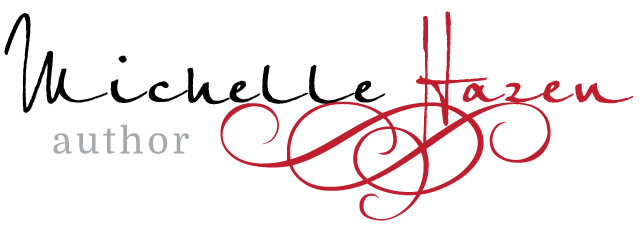
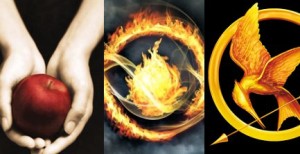

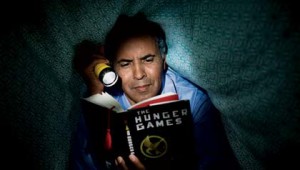
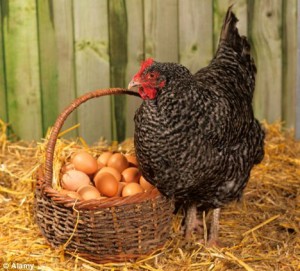











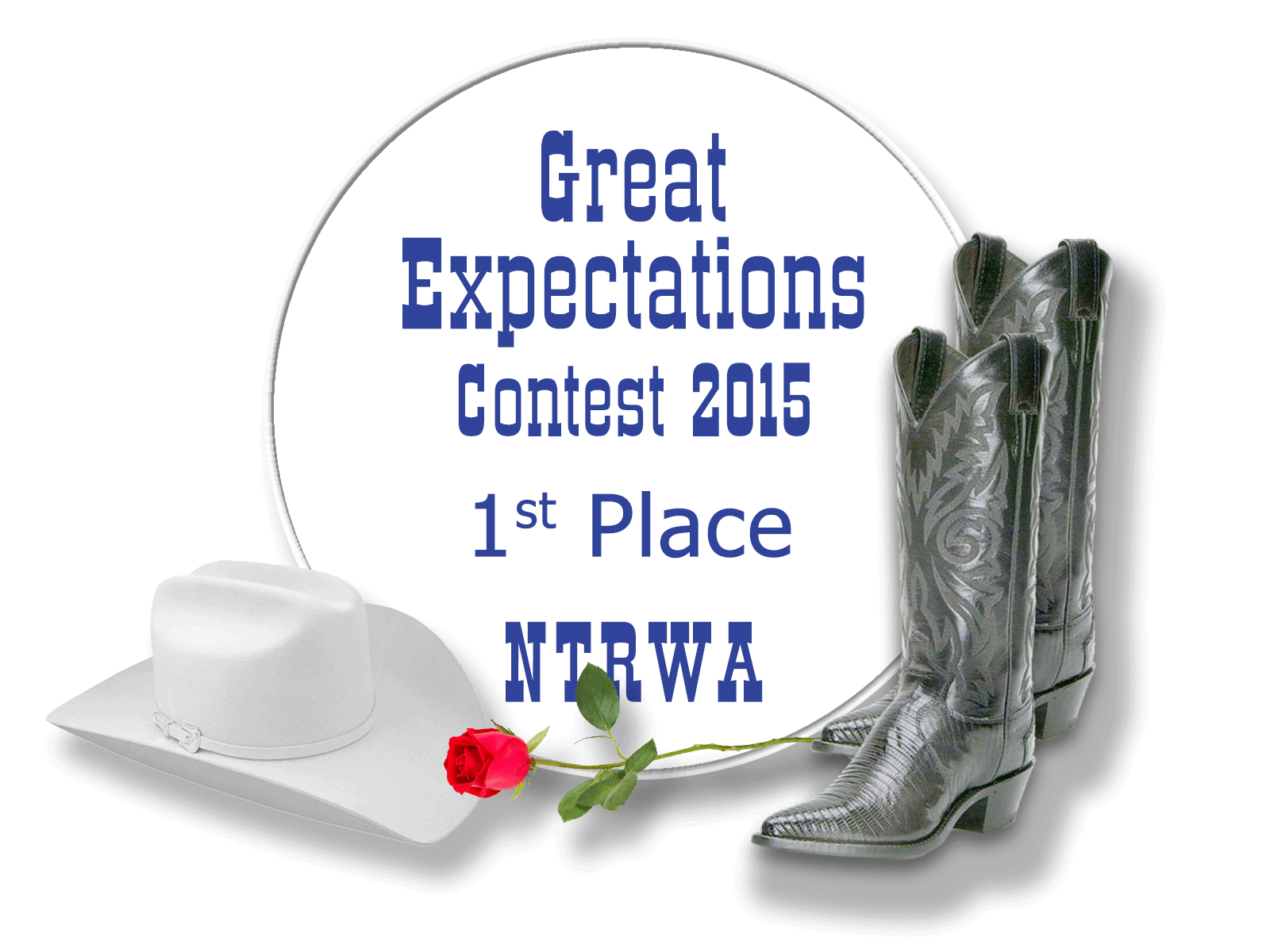


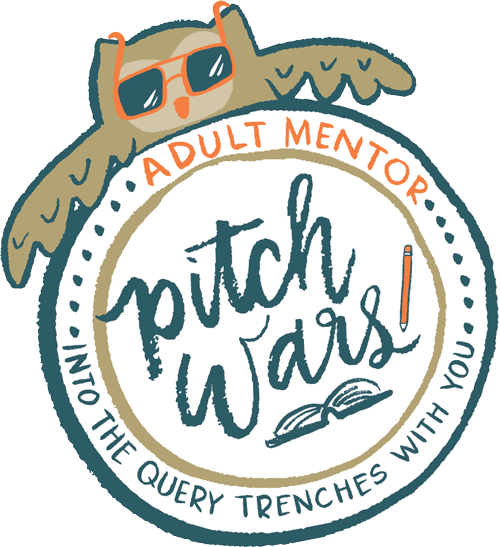
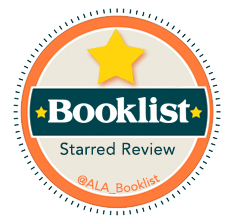
Pingback : New Adult: Too New for Its Own Good? | Michelle Hazen